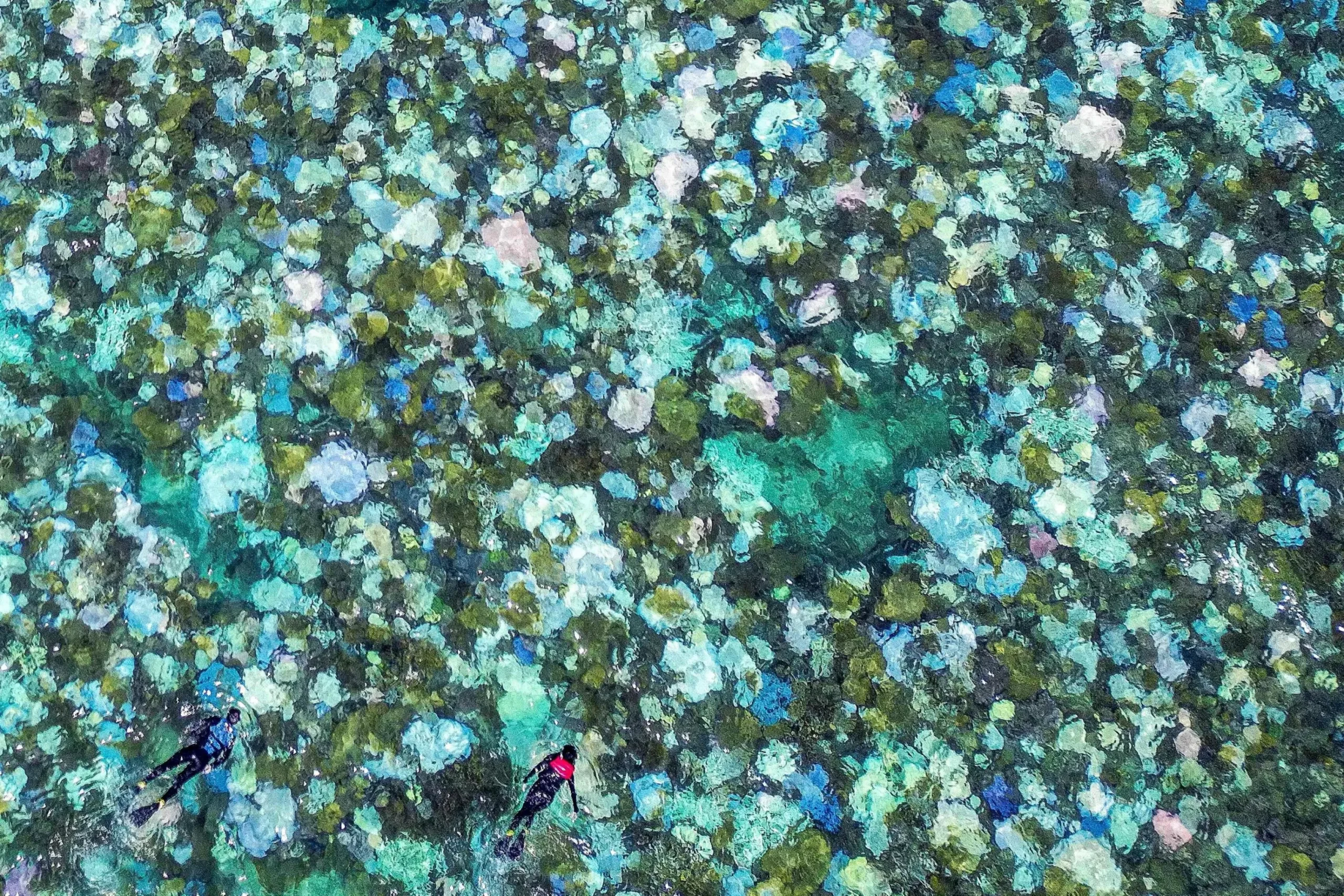A U.S. agency, the National Oceanic and Atmospheric Administration (NOAA), has recently announced some alarming news – the world is experiencing its second major coral bleaching event in the last decade. This is a cause of great concern for not just the United States, but for countries all over the world that have been affected by this phenomenon. From the coral reef systems in Australia to those in Florida, the damage is widespread and devastating. As we continue to witness the devastating impact of climate change, it is time for us to take action and save our precious coral reefs.
Coral bleaching occurs when the ocean water becomes too warm, causing the corals to expel the algae that live in their tissues. This algae is what gives corals their vibrant colors and provides them with essential nutrients for survival. When the algae is expelled, the corals turn white and are left without a source of food. If the water temperatures continue to stay high, the corals can eventually die. This not only affects the corals themselves, but also the diverse marine life that depends on them for food and shelter.
The current bleaching event is the second one to occur since 2010, with the first one being in 2016. This is a clear indication that our planet is facing a serious crisis and urgent action is needed. The NOAA estimates that about 25% of the world’s coral reefs have already been lost due to bleaching events in the past. If we do not take immediate action to address the root cause of these events, we risk losing even more of these valuable ecosystems.
So what is causing these bleaching events? The answer is simple – climate change. As the Earth’s temperature continues to rise, so does the temperature of the oceans. The ocean absorbs about 90% of the excess heat trapped by greenhouse gases, making it warmer and more acidic. This is a deadly combination for corals and has been cited as the primary cause of the current bleaching event. Human activities such as burning fossil fuels and deforestation contribute to the increase in greenhouse gases, and it is up to us to make a change.
The good news is that there is still time to save our coral reefs. The NOAA has launched a Coral Reef Watch program to monitor the bleaching events and provide information to help countries take action to protect their reefs. The agency is also working with partners to implement restoration and conservation efforts in affected areas. Additionally, individual actions such as reducing carbon emissions, using renewable energy sources, and reducing plastic waste can have a significant impact on preserving our coral reefs.
It is also encouraging to see that countries are taking steps to protect their coral reefs. Australia, for example, has introduced measures to reduce pollution and improve water quality in the Great Barrier Reef. In the United States, the government has designated seven coral reef areas as critical habitats, providing them with legal protection. These efforts are crucial in safeguarding our coral reefs and ensuring their survival for future generations.
Coral reefs are not just beautiful tourist destinations, they also play a vital role in our ecosystem. They protect coastlines from storms, provide shelter and food for marine life, and support local economies through tourism and fishing. The loss of these reefs would have a devastating ripple effect on our planet. Therefore, it is imperative that we take immediate and decisive action to address climate change and protect our coral reefs.
In conclusion, the second major coral bleaching event in a decade is a wake-up call for all of us. We cannot sit back and watch as these precious ecosystems are destroyed. We must take action, both as individuals and as a global community, to reduce our carbon footprint and save our coral reefs. Let us use this as an opportunity to come together and make a positive impact on our planet. The time to act is now, and we owe it to ourselves and future generations to protect and preserve our coral reefs.








